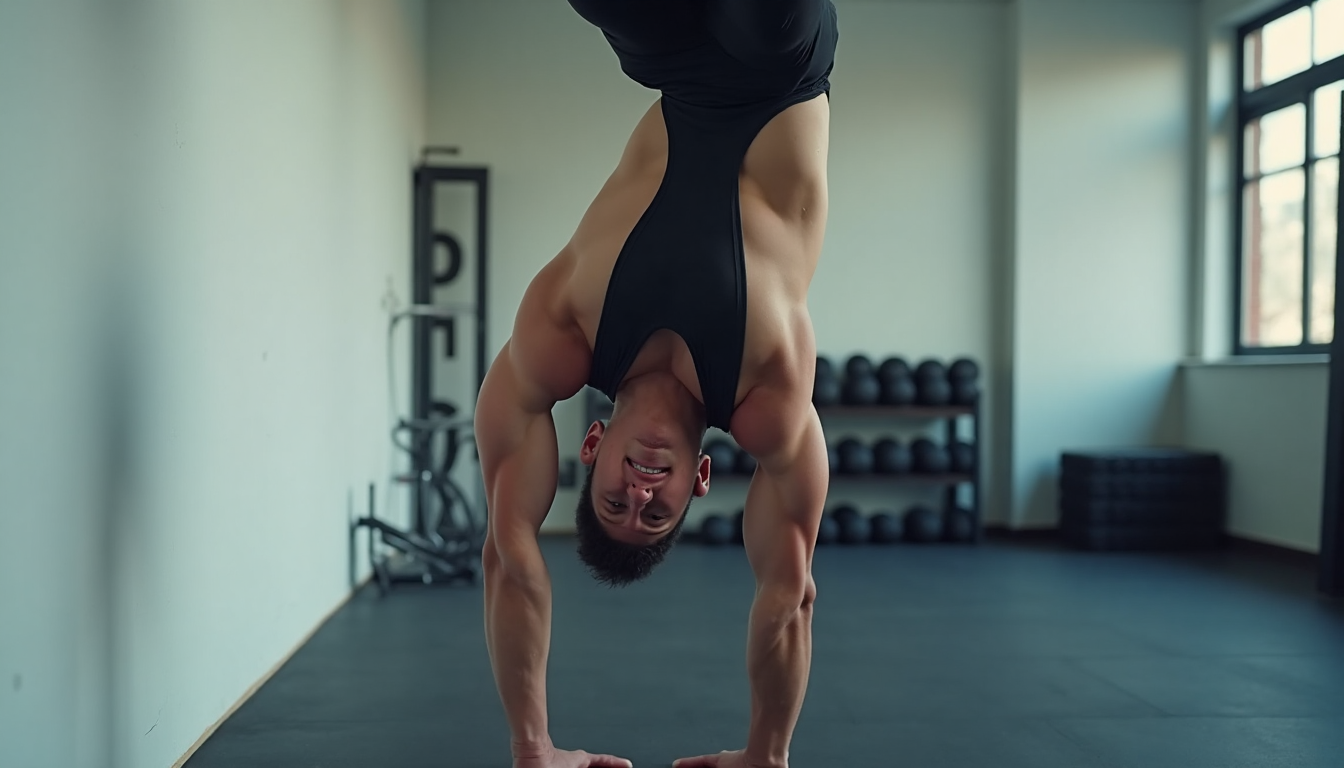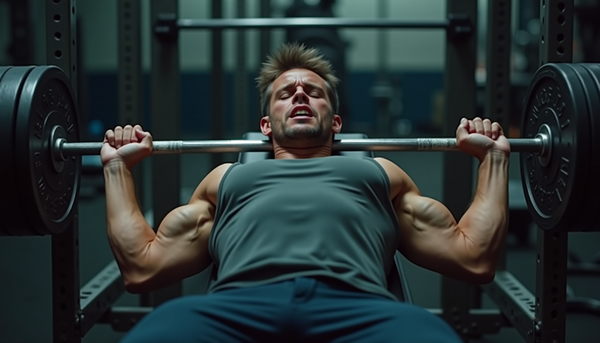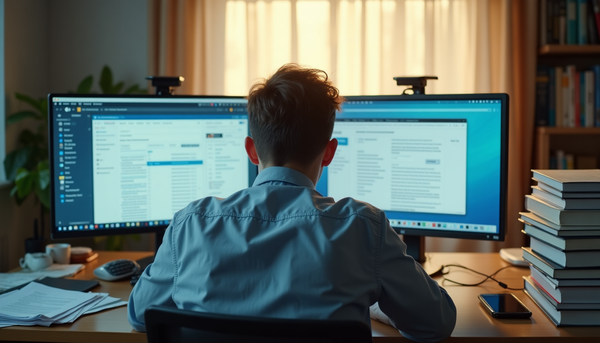Why Your "Functional" Training Isn't Working

Why Your "Functional" Training Isn't Working (And What Conor McGregor Actually Teaches Us)
I'll be honest with you - watching people attempt those fancy Ido Portal movements they saw on Instagram makes me cringe. Not because the movements are bad, but because it's like watching someone try to write poetry when they haven't learned the alphabet yet.
Last week, a client showed me a video of themselves attempting some flowing movement sequence they'd copied from a viral post. Their shoulder blades were hiking up to their ears, their hips were locked tighter than Fort Knox, and they genuinely couldn't understand why it looked nothing like the original. "I'm following the exact same pattern," they insisted.
That's when it hit me - we've got this whole thing backwards.
The Instagram Illusion
Here's what nobody wants to admit: most of us are trying to run before we can walk. We see Conor McGregor flowing through those beautiful movement patterns with Ido Portal and think, "I'll just copy that." But what we're seeing is the output, not the input.
Think about it this way - you wouldn't expect someone with a broken radio to suddenly pick up clear signals just because you gave them better instructions on which station to tune into, right? Yet that's exactly what we're doing with movement.
The real magic isn't in the fancy exercises. It's in something far less sexy: joint health.
Your Body Is Lying to You (Kind Of)
Here's the uncomfortable truth that most trainers won't tell you: if your joints can't get into the right positions, it doesn't matter how perfect your form cues are.
I learned this the hard way during my gymnastics career. I spent months trying to perfect a particular skill, getting increasingly frustrated with my coach's seemingly unhelpful corrections. Turns out, my thoracic spine was so locked up that my body was physically incapable of achieving the position we were aiming for. No amount of "engage your core" or "reach longer" was going to fix a hardware problem.
This is what the research guys call the joint-by-joint approach, but I prefer to think of it as the "chain reaction principle." When one link in your movement chain is rusty and stuck, every other link has to work overtime to compensate. And eventually, something's gonna break.
The Real Secret Sauce
So what's actually happening when we watch someone like Ido Portal move? He's not just demonstrating cool exercises - he's showing us what happens when your sensory system is firing on all cylinders.
The essence of athleticism isn't about strength or flexibility or coordination in isolation. It's about your ability to process what's happening around you and respond appropriately.
Think about it:
- A boxer needs to feel the shift in their opponent's weight
- A surfer has to read the wave's energy
- Even a weightlifter must sense the bar's position in space
But here's the kicker - if your joints are cranky and your tissues are tight, you're basically training with sensory static. Your nervous system is getting unclear signals, so it's making the best guesses it can with limited information.
It's like trying to have a deep conversation at a rock concert. The information might be there, but the interference is overwhelming.
Why "Just Move More" Doesn't Work
I see this pattern constantly in my practice. Someone comes in frustrated because they've been doing "functional movement" for months with minimal progress. They show me their routine - it's all very Instagram-worthy stuff. Animal flows, loaded carries, complex rotational patterns.
But when I assess their basic mobility, I find:
- Ankles that barely dorsilflex
- Hips that can't actually hip-hinge properly
- Thoracic spine that's essentially one solid block
- Shoulders that live in permanent shrug position
Then they wonder why their movement looks mechanical and feels awkward.
It's not their fault, really. The fitness industry has trained us to believe that more complex equals more effective. But complexity without competency is just chaos wearing yoga pants.
The Boring Truth About Getting Better
Want to know what actually works? The unglamorous stuff:
Start with your inputs, not your outputs.
Before you attempt any fancy movement pattern, ask yourself:
- Can I actually get into the positions required?
- Do my joints have the basic range of motion needed?
- Can I feel what's happening in my body, or am I just going through the motions?
This means spending time with foam rollers. I know, I know. It means doing basic mobility work that won't get you any likes on social media. It means accepting that the foundation work is often the most important work.
One of my favorite coaches, Bill Sweetenham, said something that stuck with me: "An athlete who is training doesn't listen to you." At first, this sounds discouraging. But what he meant was that during intense training, your body operates on autopilot. The movement patterns that show up are the ones that are already programmed in.
You can't verbally coach your way out of a mobility restriction.
The Real Ido Portal Method
Here's what people miss about Ido Portal's approach - it's not about the specific exercises. It's about creating an environment where your nervous system can actually learn and adapt.
When your joints are healthy and mobile, a few things happen:
- You can actually achieve the positions the movement requires
- Your sensory feedback becomes clearer and more accurate
- Small coaching cues become significantly more effective
- You start to move with intention rather than just effort
This is why McGregor's training with Portal works so well. Conor already has excellent mobility in his key areas - ankles, hips, thoracic spine, shoulders. So when he does complex movement patterns, his body can actually express what his brain is trying to create.
Most of us are trying to paint a masterpiece with broken brushes.
Where to Actually Start
Look, I get it. Mobility work isn't sexy. It doesn't make for great workout videos, and it doesn't give you that immediate endorphin rush of a hard training session.
But here's what happens when you actually put in the foundation work:
Week 1-2: You'll probably feel worse. Seriously. When you start addressing restrictions that have been compensating for years, everything feels weird and unstable. This is normal.
Week 3-4: Movement starts to feel different. Not necessarily better yet, just... different. You might notice you can get into positions that were previously impossible.
Month 2: This is where the magic happens. Suddenly, movement cues that never made sense before start clicking. Your body begins to feel like it's yours again.
Month 3 and beyond: You start moving with a quality that wasn't there before. People might comment that you look more "athletic" or "graceful," but you're just finally moving the way your body was designed to.
The Hard Questions
Before you jump into your next movement session, ask yourself:
- Am I challenging my body or just confusing it?
- Can I actually feel what's happening, or am I just copying shapes?
- If I can't do this movement perfectly with bodyweight, why am I adding load or complexity?
Be honest. Your ego might prefer the advanced variations, but your body will thank you for meeting it where it actually is.
The Bottom Line
The fitness industry loves to sell us on the idea that there's always a new, better, more advanced way to train. But sometimes the most advanced thing you can do is master the basics.
Ido Portal and Conor McGregor aren't successful because they do the most complex movements. They're successful because they've built the foundation that allows complex movements to emerge naturally.
Your nervous system is incredibly smart, but it can only work with the information it receives. Give it clear, accurate input through healthy joints and good mobility, and watch how quickly your movement quality transforms.
So here's my challenge to you: for the next month, make mobility and joint health your priority. I'm talking 15-20 minutes daily of the boring stuff - foam rolling, basic stretches, simple movement explorations. No Instagram stories required.
Your future self (and your movement quality) will thank you.
And who knows? Maybe in a few months, you'll actually be ready for those Ido Portal flows. But this time, you'll be building from a foundation that can actually support them.
What's one mobility area you know you've been avoiding? Drop a comment below - accountability helps, and I'd love to hear what foundation work you're committing to.




